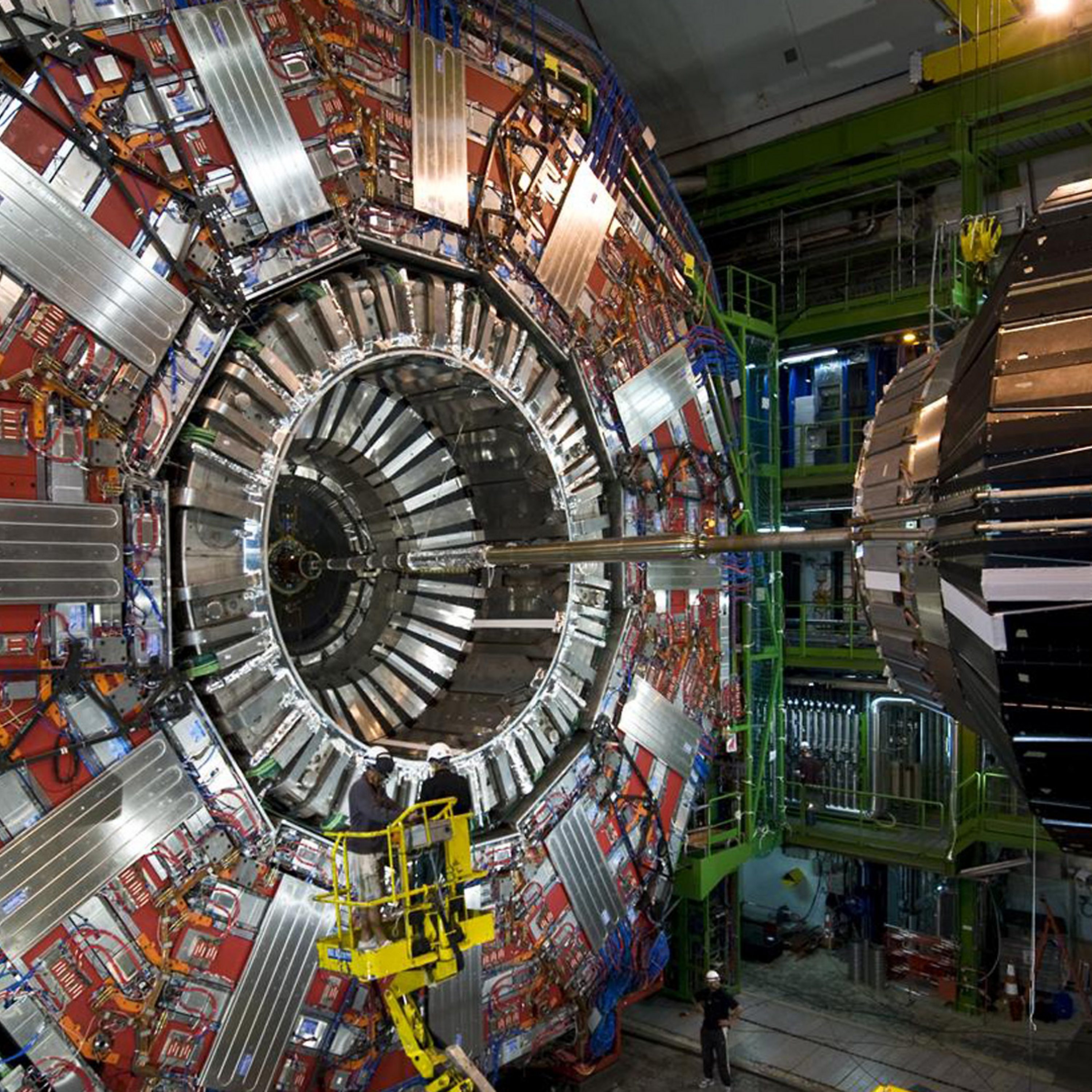Will we ever know what the universe is made of?

We are all made of particles \u2013 but what are particles made of? It\u2019s a question that\u2019s been perplexing scientists for centuries - for so long, in fact, that listener Doug in Canada wants to know if there\u2019s a limit to how much they can ever discover.
CrowdScience heads out to CERN, in Switzerland, to find out. Birthplace of the internet, home to the Large Hadron Collider, and the site of the Higgs Boson\u2019s discovery \u2013 the fundamental particle that is thought to give all other particles their mass, and one of the most important scientific finds of the 21st Century. But that revelation wasn\u2019t an end to the quest \u2013 in fact, it has raised many more questions for the physicists and engineers involved. Dr David Barney, CMS, and Dr Tara Nanut, LHCb, tell us why.
And now they have announced that they are considering building a new, larger particle collider to find answers. The Future Circular Collider would be a hundred kilometres long and sited partly under Lake Geneva, smashing together sub-atomic particles at unprecedented energies in the hope of revealing the fundamental building blocks of all matter in the Universe. But any outcomes are by no means certain, and it could cost up to \u20ac29 billion. Perhaps physicists need to think completely differently about how to unpick what makes our universe \u2013 we see how one research team at Rutherford Appleton Laboratory near Oxford is doing just that, as they\u2019re developing a collider that is not kilometres but centimetres long. Dr Charlotte Palmer, University of Oxford, tells us how.
However these fundamental questions are tackled, critics say that the money could be better spent on other research areas such as combating climate change. But supporters argue that its discoveries could uncover new technologies that will benefit future generations in ways we can\u2019t predict. Anand Jagatia meets the scientists responsible to making this next giant leap into the quantum unknown.
(Photo: CMS experiment at CERN, Switzerland. Photo credit: CERN)